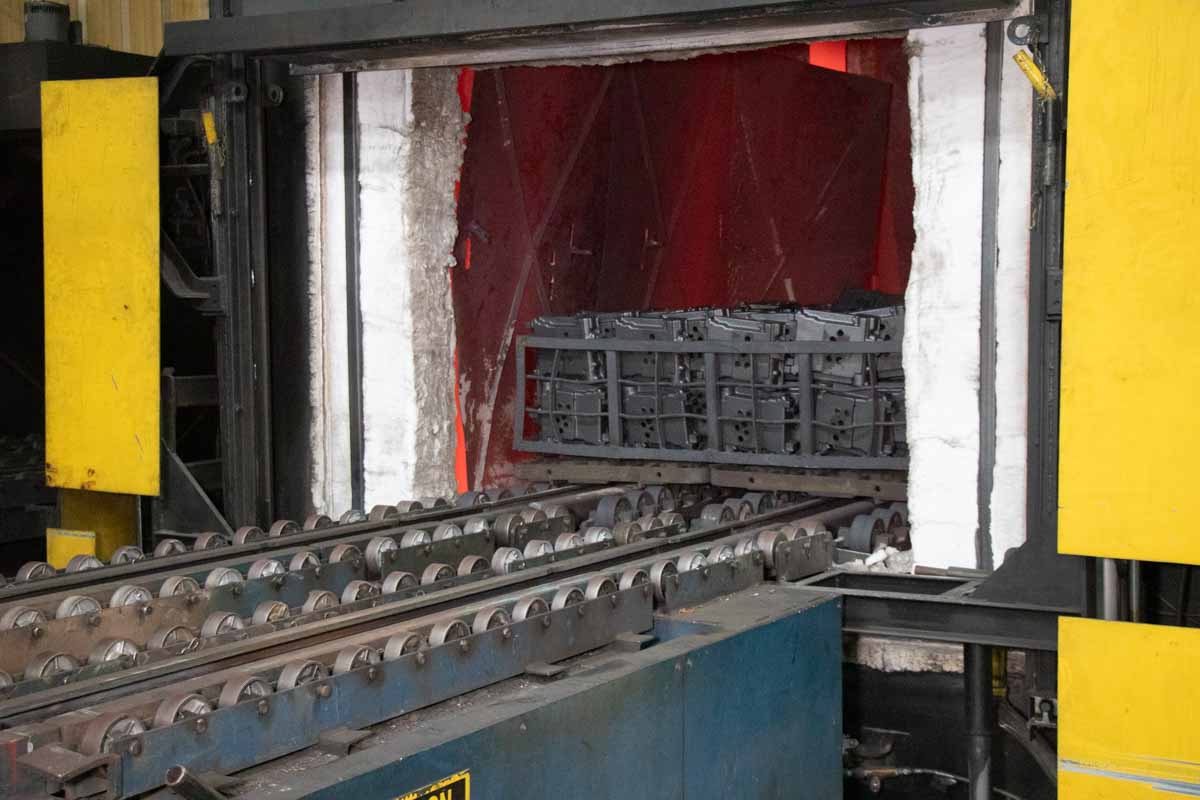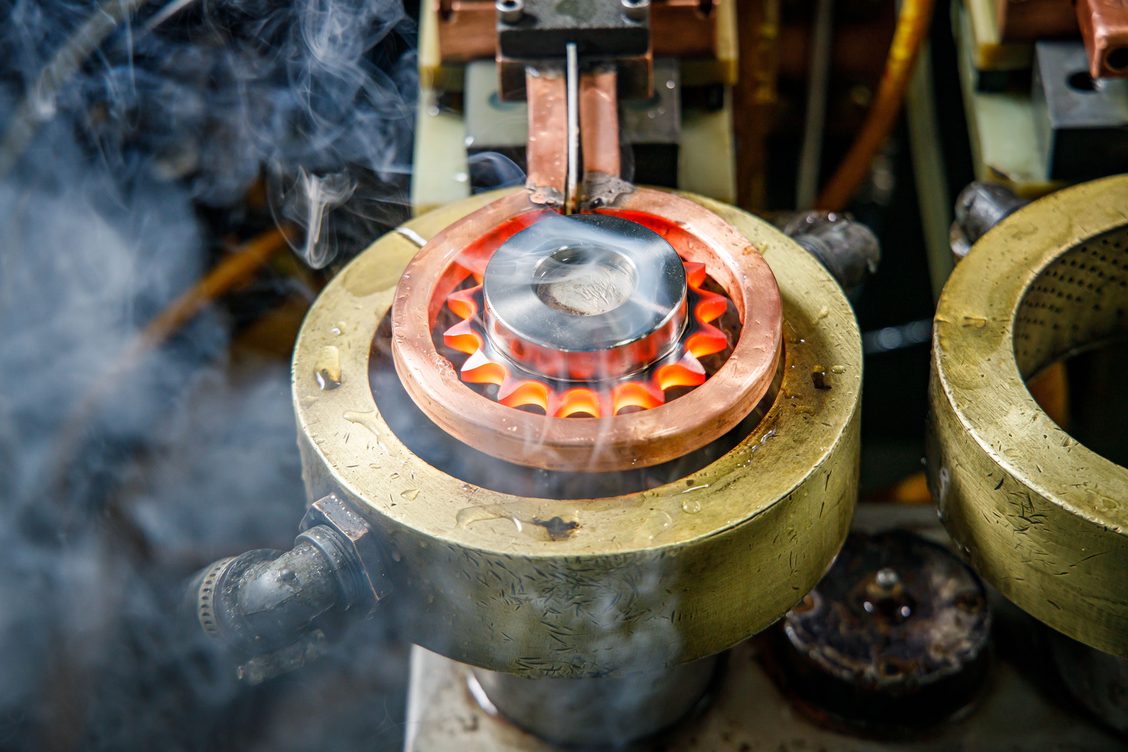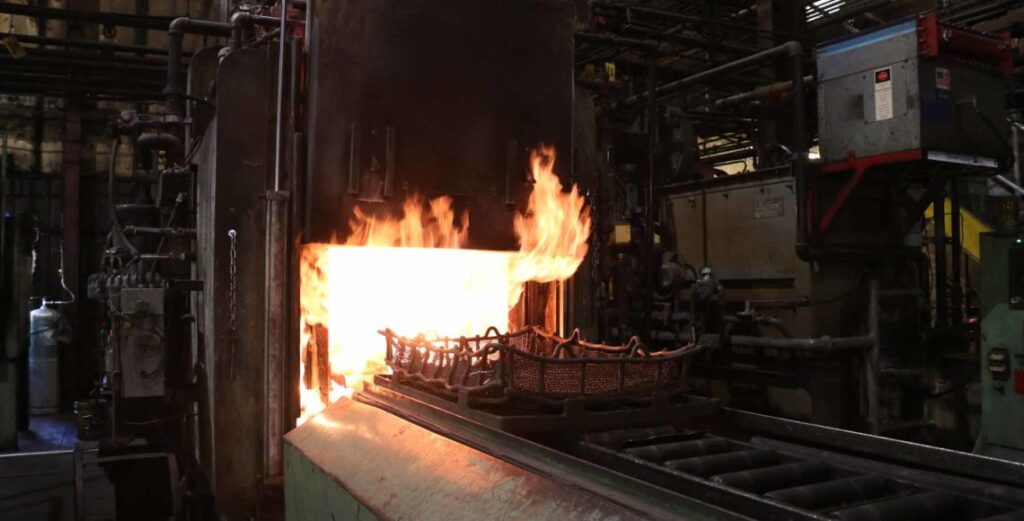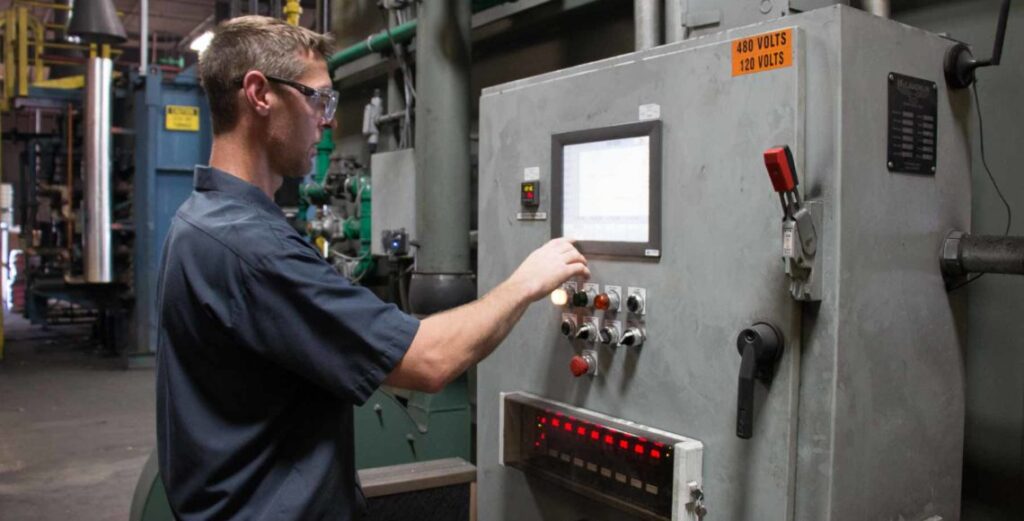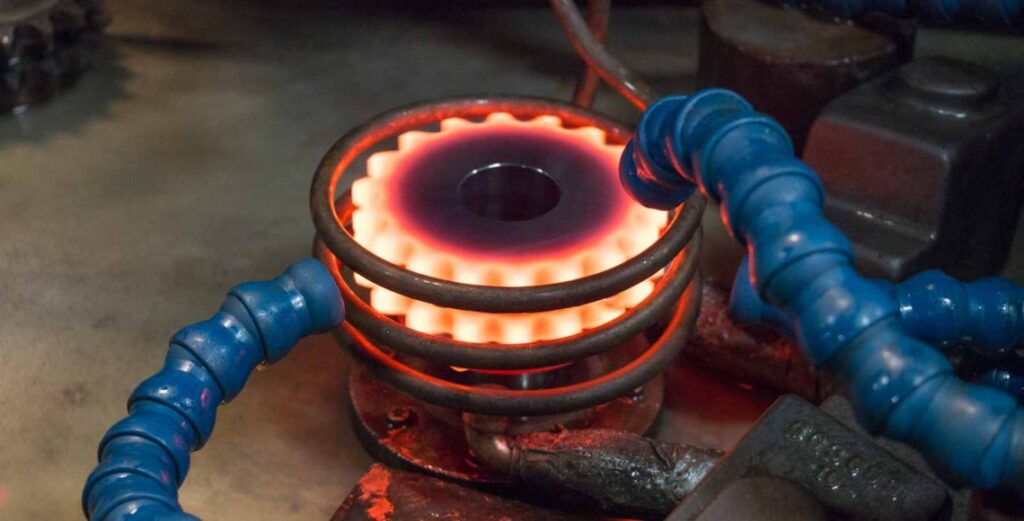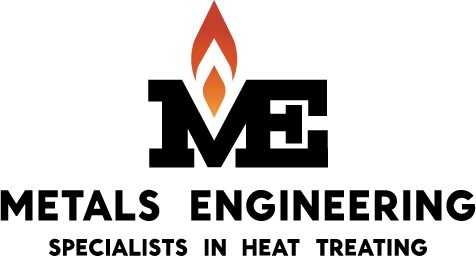
Welcome to the 2Q edition of the 2021 “3 Things” where we go over three exciting new developments happening here at Metals Engineering, Inc. Without further ado…
- $$$ Rebate Program $$$
Metals Engineering has / will issue credits for customers this quarter! If you are a customer of ours you are AUTOMATICALLY entered into our rebate program. How it works:- IF you spend more than 10% from last Q you will be issued a credit of 1% of your TOTAL spend in that quarter.
- EXAMPLE: XYZ corp does $30,000 in business with Metals Engineering in Q4 of 2020. In Q1 of 2021 they do $45,000. This is a 50% increase in business so they qualify for a 1% cash back for this quarter’s sales, which equates to a payout of $450.00 in a credit or check (must contact MEI for check).
- YOUR SUCCESS IS OUR SUCCESS and we would like to reward you for being a loyal customer and partner.
- NEW INDUCTION MACHINE
Metals Engineering is pleased to announce we have invested in a new induction machine to increase our capacity / capability. We have purchased a new dual spindle induction machine to help with our increased business in high production parts (gears, pins, shafts, etc.). Some features of this machine:- Able to process 2 parts at once
- Up to 50” in length
- Up to 600lbs
- Reduced lead time and increased capacity for our induction department
- We expect the installation to be completed in 3Q/4Q of this year
- metalsengineering.com
Metals Engineering has purchased the domain name of metalsengineering.com. We will be transferring over our website and email addresses to this site.
Fear not, the .net emails will still work, until further notice, so no change will be need to be made to the existing email addresses. BOTH will work. However we will be referencing the .com in our name going forward.


